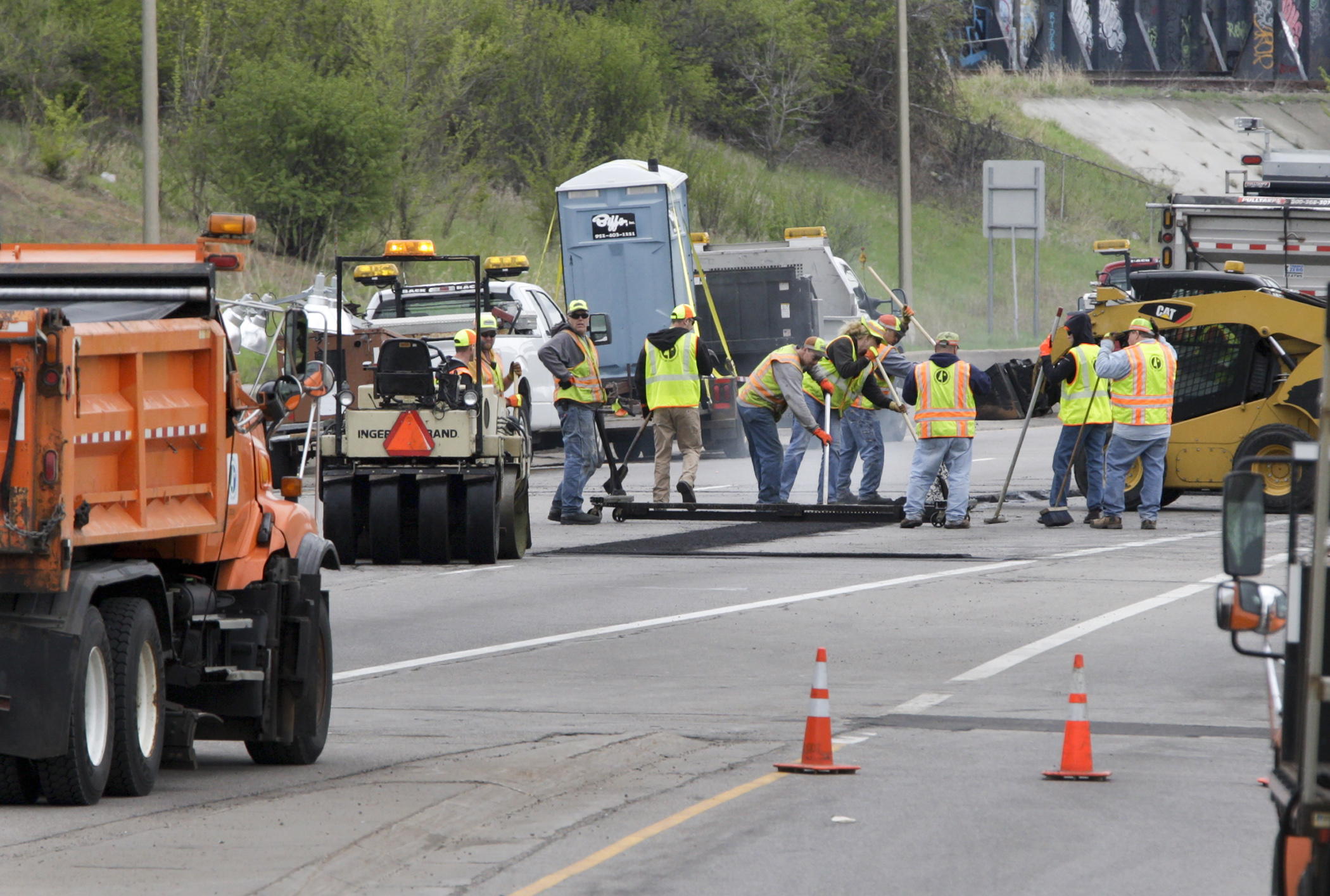Cameras could be used to catch work zone speeders

Forty-six people died and more than 4,200 were injured in work zone traffic accidents in Minnesota from 2015-2019.
Supporters believe automated enforcement systems that use cameras and other sensors to capture images of speeders and others who violate work zone traffic regulations would reduce that danger.
Such systems are part of a proposed pilot program that would test their effectiveness and work to develop other methods and strategies to address the problem.
Sponsored by Rep. Connie Bernardy (DFL-New Brighton), HF2295 would establish the work zone safety pilot program. The House Transportation Finance and Policy Committee held an informational hearing on the bill Tuesday and indicated it would be considered for inclusion in an omnibus transportation bill.
Its companion, SF2200, is sponsored by Sen. Jeff Howe (R-Rockville) and awaits action by the Senate Transportation Finance and Policy Committee.
The program would be designed to enforce speeding violations in work zones and where work is performed in the highway right-of-way.
The bill would also require the Transportation and Public Safety departments, which would administer the program, to work with a newly created advisory stakeholder group to make assessments and develop strategies to reduce vehicle speeds and enhance worker safety.
Bernardy said the group would identify statutory and financial barriers that may exist to implementing the program and report those findings to ranking members of the House and Senate transportation committees during the 2022 legislative session.
“The Legislature will need to take action on [the program] prior to implementation,” she said.
Use of the automated enforcement systems could begin during the 2022 construction season and continue through at least 2024 and end no later than 2026.
The Minnesota Safety Council, a nonprofit organization that deals primarily with workplace and road safety, urged support for the bill in a letter to the committee.
“Across the country, a work zone crash happens every 5 ½ minutes, with 70 injuries a day and 12 fatalities a week,” the council wrote. “… We believe the process and plan required by [the bill] will lead to safer conditions in work zones and improve traffic safety.”
Sherry Munyon, a representative of Citizens for Safe Work Zones, said construction zones are becoming more dangerous for workers as motorists are driving faster.
In a work zone along Interstate 35W in Arden Hills last summer, Munyon said there were 332,000 southbound vehicles during a six-day period in August. “An astounding 46% of these vehicles were speeding 10 mph or more over the posted work zone limit,” about 152,000 vehicles.
Munyon said equipment used to attenuate speeds through the area was hit more than 30 times by the end of the month.
“Please put yourself in their boots and commit to work zone safety,” she said.
Related Articles
Search Session Daily
Advanced Search OptionsPriority Dailies
Speaker Emerita Melissa Hortman, husband killed in attack
By HPIS Staff House Speaker Emerita Melissa Hortman (DFL-Brooklyn Park) and her husband, Mark, were fatally shot in their home early Saturday morning.
Gov. Tim Walz announced the news dur...
House Speaker Emerita Melissa Hortman (DFL-Brooklyn Park) and her husband, Mark, were fatally shot in their home early Saturday morning.
Gov. Tim Walz announced the news dur...
Lawmakers deliver budget bills to governor's desk in one-day special session
By Mike Cook About that talk of needing all 21 hours left in a legislative day to complete a special session?
House members were more than up to the challenge Monday. Beginning at 10 a.m...
About that talk of needing all 21 hours left in a legislative day to complete a special session?
House members were more than up to the challenge Monday. Beginning at 10 a.m...